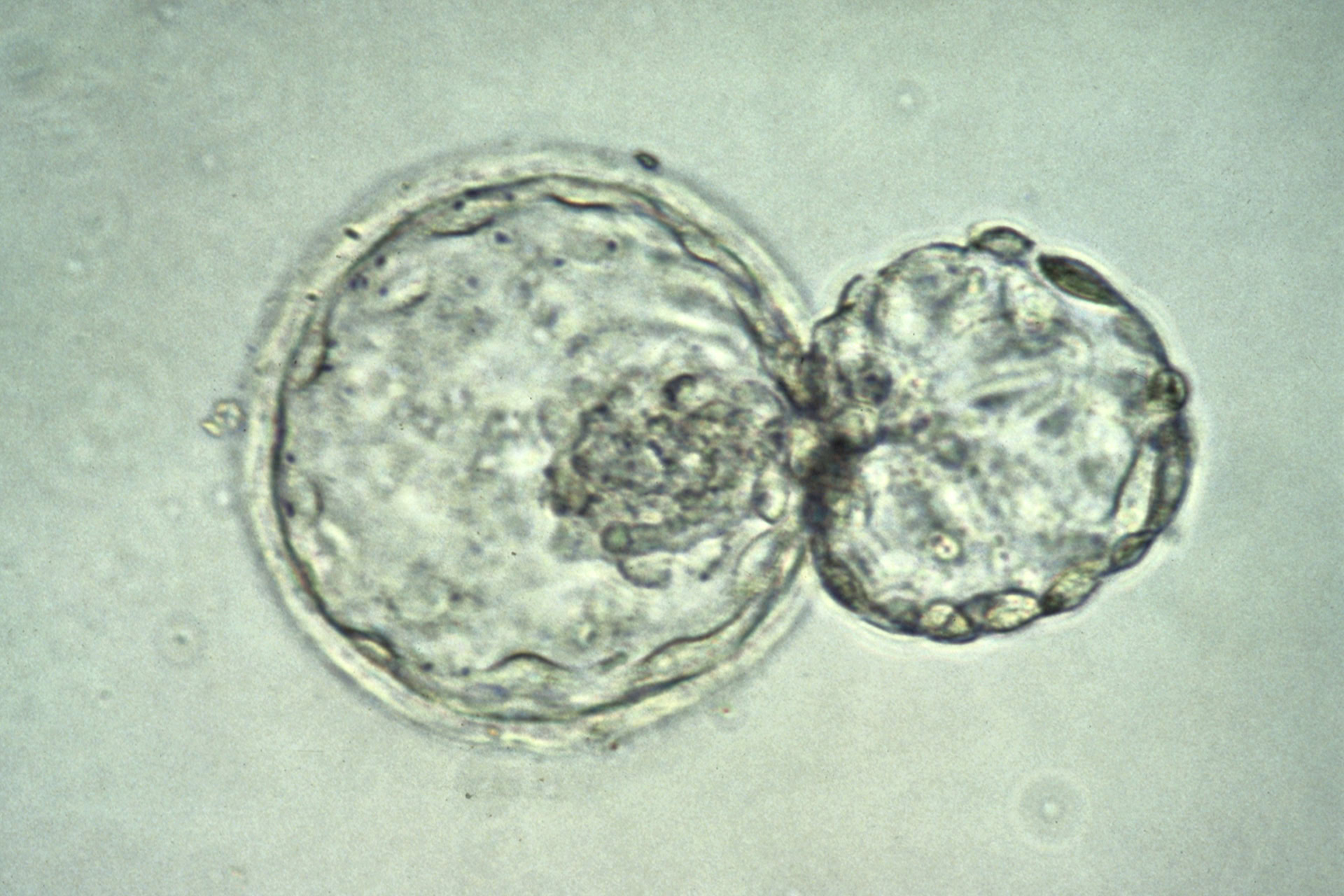For the first time, researchers have succeeded in creating human sperm and egg precursor cells from stem cells. These precursors, called primordial germ cells, had been created before in mice but, until now, the human variant proved elusive. The precursor cells can be used to study what happens very early on in embryo development, and could have implications for research into ageing.
'The creation of primordial germ cells is one of the earliest events during early mammalian development,' says Dr Naoko Irie, first author of the paper from the Gurdon Institute at the University of Cambridge. 'It’s a stage we've managed to recreate using stem cells from mice and rats, but until now few researchers have done this systematically using human stem cells.'
Although the egg and sperm precursor cells could have some application in infertility treatment down the line, their main importance is as a model for early human development. Primordial germ cells appear very early on in embryo formation, and being able to recreate this step in a lab allows researchers to study some of the all-important processes that shape early human development.
So far, scientists studying these early processes have been using mouse cells, relying on our shared genes and similarity in early development. However, the new findings show that this might not be appropriate. 'It has highlighted important differences between embryo development in humans and rodents that may mean findings in mice and rats may not be directly extrapolated to humans', said Dr Irie.
The study team found that a gene, SOX17, had a key role in steering human cells to become different types of precursor cells. This was surprising as the gene has no role in these processes in mice.
'Mice are the key model we use to study mammalian development and we extrapolate from mice to humans,' Professor Azim Surani, who led the research, told the Guardian. 'This work tells us that the extrapolation can be unreliable. I’m not saying that all work in mice doesn't apply in humans, but there are fundamental differences we need to be wary of.'
The primordial germ cells could also be used to study why only certain traits are passed on to the next generation. During our lives, environmental factors such as smoking or diet can modify gene activity through epigenetic changes. In germ cells, some of these changes are 'reset'.
'This could tell us how to erase these epigenetic mutations. Epigenetics is used to regulate gene expression, but in age-related diseases, these changes can be aberrant and misregulate genes,' Professor Surani added.
Sources and References
-
SOX17 Is a Critical Specifier of Human Primordial Germ Cell Fate
-
Egg and sperm race: Scientists create precursors to human egg and sperm (press release)
-
Of mice and men: Researchers point to differences in cell development
-
Scientists use skin cells to create artificial sperm and eggs
-
Rudimentary egg and sperm cells made from stem cells







Leave a Reply
You must be logged in to post a comment.